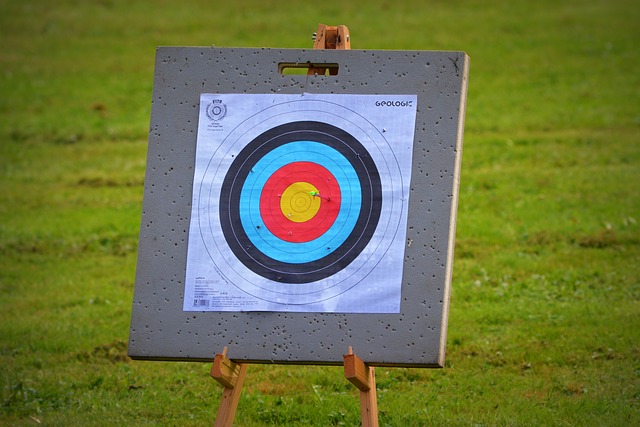Many people produce content in a pray-and-hope manner as they try out different strategies with the hope that one will eventually make it big. If you fall into this category of people, the bad news is that this method is not very effective as you incur unnecessary risks. The good news though is that there is some method to the madness which we shall be looking at as we perfect the formula for excellent SEO content strategy.
1) Set your goals

You first of all need to define the goals of your business or website. If your primary objective is to create earnings via ads then your main goal should be centered on informative, appealing product pages tailored for conversions and search engines. Your other objective should involve creating guides on the products you are promoting. On the other hand, if your website is based off an advertising structure and the ultimate purpose is to bring in more readers via searches, then it might be prudent to produce fulfilling, interesting and informative content that will encourage visitors to come back.
2) Take note of your audience

Analytic software and surveys will paint a clear picture of the kind of visitors who frequent your website and with this information, you can develop marketing entities or characters that best mirror your customers’ or visitors’ persona. If, for instance, your website is circling around tweens and tens, then you should create more image and video-based content with less text. It is also important to optimize your site for mobile platforms as that’s how this age group majorly accesses information.
3) Have an editorial calendar in place

An editorial calendar helps schedule content and the variety of content to create. By creating a calendar, you have an organized timetable of releasing regular content instead of producing rushed-last-minute articles. The properties of a good editorial encompass a good outlook- think Google Calendar- and time concise planning that doesn’t plan too far ahead. You also need to have a sufficient led time allowance and regularly update the editorial calendar with ongoing features if you have an ever-changing website like a food blog.
4) Analyze and re-assess

Last but not least, remember to keep a close eye on your site’s analytics. By regularly sifting through your SEO content stats you can see which falls into the wheat category and which one falls among the chaff that you should throw out. Excellent yardsticks of engagement and success in this regard include conversion rates, social shares- tweets, Facebook likes and whatnot-comments, links and page views.
There are basically two objectives to analyzing SEO content the first of which is to single out successful strategies so that you can incorporate more of them. For example, if you realize that video content drives up your traffic, then produce more of such content and tweak your editorial calendar to focus on these effective strategies. The second goal involves improving older SEO content which could involve changing your keyword and optimizing your content and title accordingly.
Developing a working and effective SEO content strategy can be a tricky affair but armed with these four crucial pointers, the process should become a lot simpler and much clearer now.
